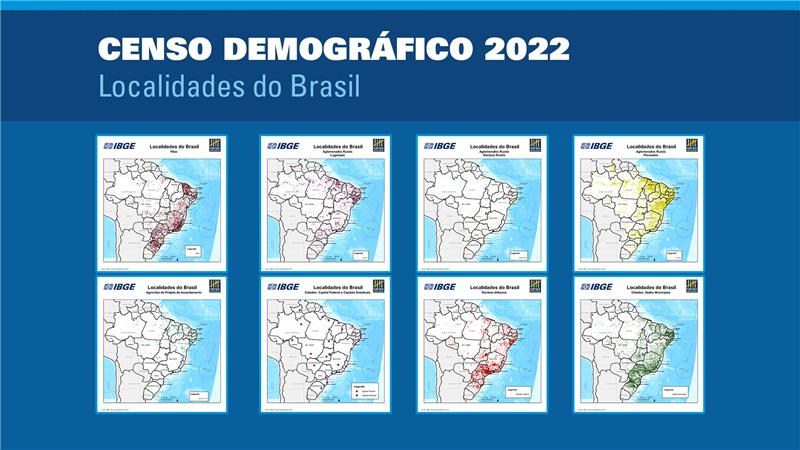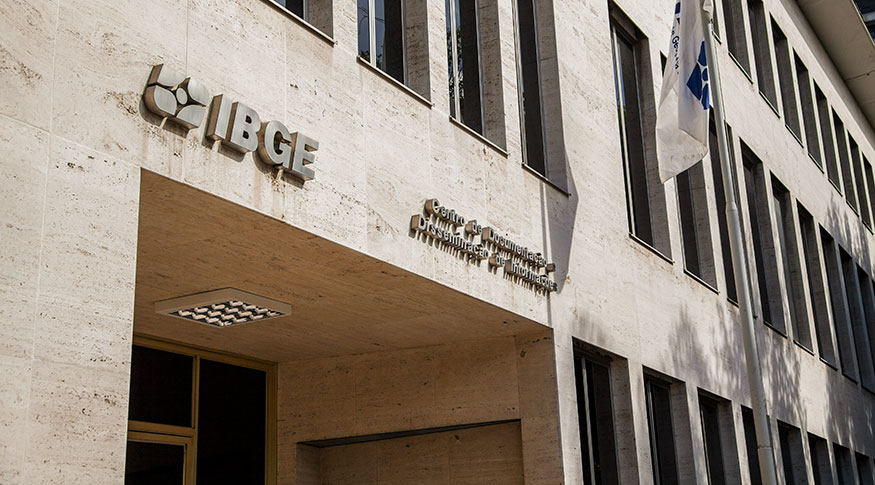Domestic industry
Industrial production drops 0.4% in June after four months of high
August 02, 2022 09h00 AM | Last Updated: August 05, 2022 04h10 PM

After four consecutive months of positive results, industrial production dropped 0.4% from May to June. The last fall of the industry had been registered in January of this year (-1.9%). In the first semester, the sector accumulated a fall of 2.2% and, in 12 months, of 2.8%. The data are from the Monthly Survey of Industry (PIM), released today (Aug 2) by the IBGE.
“The industry had not offset yet the loss in January (-1.9%) even with four consecutive months of growth, a period in which there was an accumulated increase of 1.8%. With the result of June, the negative balance in the year became sharper (-0.5%) when compared to the level of December 2021. This reflects the difficulties that the industrial sector continues to face, such as the increase in production costs and the restriction of access to inputs and components for the production of the final good. In this sense, the behavior of industrial activity has been marked by stoppages at industrial plants, reductions in working hours and collective vacations”, explains the survey manager, André Macedo.
The researcher also mentions some factors that have negatively impacted the industry from the perspective of demand. “There is the high interest rate, inflation that remains at high levels, the decrease in family income and, although the unemployment rate has been falling in recent months, there is a contingent of approximately 10 million unemployed in the country. The characteristic of the jobs that are being created indicate precariousness in the labor market and this is reflected in the wage bill, which has not grown. All these aspects are important facts in our analysis and help explaining this negative balance in the industrial sector”, he analyzes.
With the result of June, the sector is still 1.5% below the pre-pandemic level, registered in February 2020, and 18.0% below the record level, reached in May 2011. The negative change compared to May was disseminated by most of the economic activities investigated by the survey. Among them, the greatest influence came from the sector of pharmaceuticals (-14.1%), which had accumulated a high of 5.3% in the two previous months.
“In this segment, there is greater volatility in rates. At the beginning of the year, there was a drop in the production of pharmaceutical products and, in April and May, there was a rise. With the cumulative growth, the segment had a higher comparison base, which justifies this double-digit retraction”, says Mr. Macedo.
Another important impact on the June result came from the segment of coke, petroleum products and biofuels (-1.3%), which also expanded in April and May, accumulating an increase of 5.0% in the period. “In this activity, the items that most negatively impacted were alcohol and oil derivatives. But, even with this drop, this segment operates 4.5% above the pre-pandemic level, that is, it has a different behavior from the industry average”, he emphasizes.
Also contributing to the negative result of the sector were the activities of machinery and equipment (-2.0%), basic metals (-1.8%), computer equipment, electronic and optical products (-2.8%) and other transportation equipment (-5.5%).
Nine activities expanded compared to the previous month. The ones that most influenced the general result of the industry, in the positive scope, were the production of motor vehicles, trailers and bodies (6.1%) and mining and quarrying industries (1.9%). “The vehicle sector sharpened the growth seen in May (3.8%), but this increase was not able to eliminate previous losses. The balance of this activity is still negative, since it is still 8.5% below the pre-pandemic level”, completes the survey manager.
“In relation to mining and quarrying industries, the advance compensates for the loss of the previous month. This growth was pressured by a higher pace in the extraction of iron ore. Before the May fall, the mining and quarrying sector had three months of positive rates, accumulating expansion of 6.5%”, he claims.
The segments of pulp, paper and paper products (4.5%), manufacturing of apparel and accessories (7.1%), food products (0.6%) and toiletries, soaps, cleaning products and personal hygiene (4.3%) also increased in June.
Three of the four major economic categories fell compared to May. The biggest drop was registered by the capital goods production sector (-1.5%), after increasing 7.5% in the previous month. The sector of intermediate goods (-0.8%) dropped for the second consecutive month, accumulating a loss of 2.3%. On the other hand, semi and non-durable consumer goods (-0.7%) interrupted two months of growth, a period in which they accumulated a high of 2.8%. The only increase in June came from the segment of durable consumer goods (6.4%), which intensified the expansion of the previous month (4.1%).
Industry declines 0.5% compared to June last year
Compared to the same period in 2021, the industrial sector declined by 0.5%, with negative results being disseminated in 14 of the 26 branches investigated by PIM. Mining and quarrying industries (-5.4%) exerted the main negative influence on this result, pressured by the fall in the production of crude petroleum oils and iron ores. Also impacting the index were the activities of basic metals (-8.3%) and pharmaceutical products (-19.6%).
Other negative contributions came from the segments of non-metallic mineral products (-6.9%), metal products (-6.0%), other chemical products (-2.6%) and electric machinery, equipment and materials (-6.3%). Other significant decreases were registered by the sectors of rubber products and plastic material (-3.4%), textiles (-8.3%), wood products (-8.4%), furniture (- 9.3%) and miscellaneous products (-8.3%).
The main influences among the twelve activities that showed expansion in production came from the segments of coke, petroleum products and biofuels (8.6%) and motor vehicles, trailers and bodies (5.9%). The greater production of diesel fuel, fuel oils and naphtha for petrochemicals influenced the growth of the first sector. In the case of vehicle activity, the increase was related to the expansion in the production of cars and tractor trucks for trailers and semi-trailers.
“There is a return to the negative sphere, after the May result interrupted nine consecutive months of decline in this indicator. In this comparison with the same period of the previous year, there is also the spread of falls among the activities investigated. But, despite the decline in June, the intensity of the fall has become lower: in the first quarter of the year, there was a cumulative loss of 4.4% and, in the first half, the fall is of 2.2%. This decrease in the level of losses is also observed in all major economic categories”, says Mr. Macedo.
More about the survey
PIM Brazil has been producing short-term indicators since the 1970s relating to the behavior of the real product of mining and quarrying and manufacturing industries. As of May 2014, the new series of monthly industrial production indices began to be released, after a reformulation, to update the sample of activities, products and informants; to elaborate a new weighting structure for the indices based on the most recent industrial statistics, in order to be integrated with the needs of the project to implement the Series of National Accounts - reference 2010; and adopt the new classifications of activities and products, used by other industry surveys since 2007, namely: the National Classification of Economic Activities - CNAE 2.0 and the List of Industry Products - PRODLIST-Industry.
The survey results can also be consulted in the Sidra database.


















